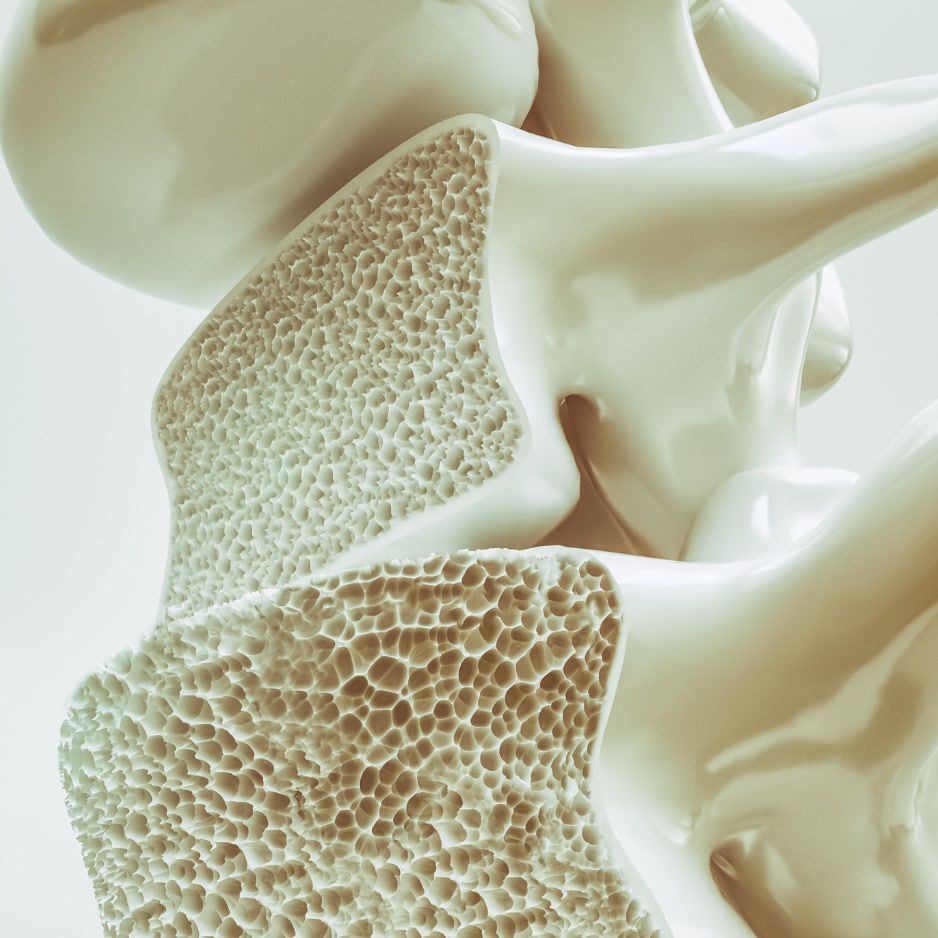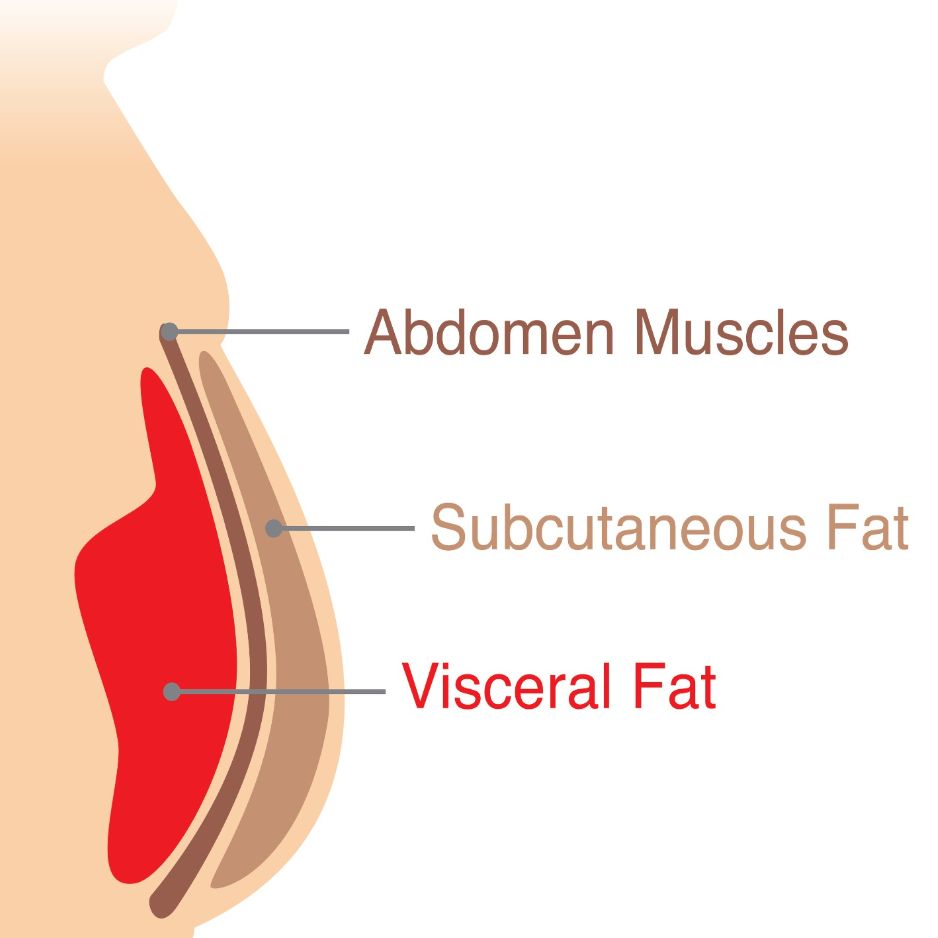Dad Bod: Health Risks and Management Tips

Dad Bod: Definition, Health Risks & Management Tips
The phrase “dad bod” entered pop culture in 2015 after Clemson student Mackenzie Pearson’s essay “Why Girls Love the Dad Bod” went viral, cementing the slang in everyday conversation (Wikipedia). Some celebrate the look as approachable and realistic. Others see it as a red flag for creeping health risks. Below, we unpack what the science really says about that extra belly padding and—most importantly—how you can measure and manage your version of the dad bod.
TL;DR: A dad bod isn’t destiny. With data-driven tracking from tools like a DEXA scan body composition analysis and a smart lifestyle game plan, you can improve your health and body composition while maintaining an approachable physique.
The Science Behind the Dad Bod
Hormones & Metabolism Shift After 30
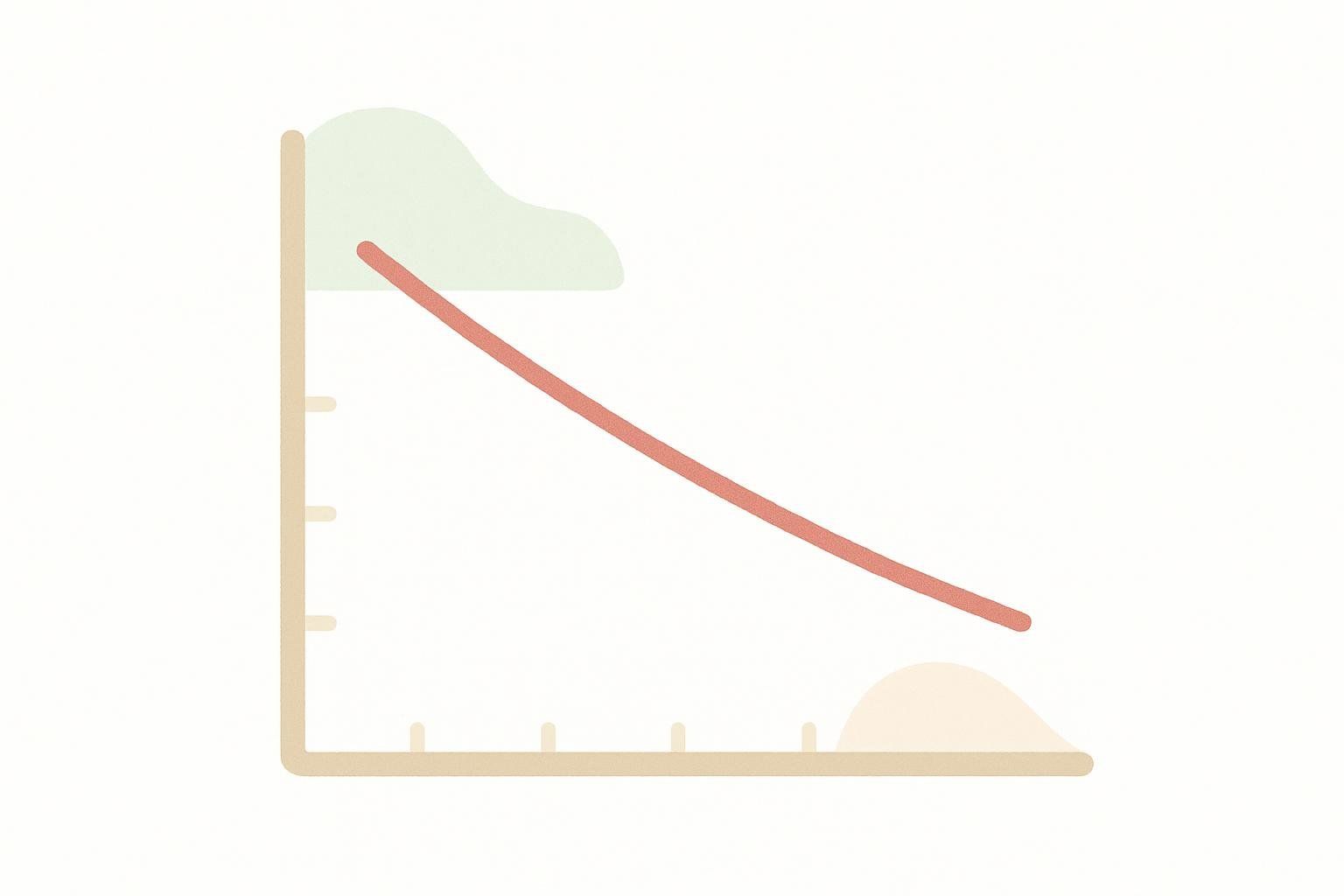
Men’s testosterone declines about 1 percent per year after age 30—and free testosterone can fall slightly faster (≈1.2 % annually), according to a review in Postgraduate Medical Journal. Lower testosterone can lead to:
- Less muscle-building stimulus → muscle mass decreases
- Fewer calories burned at rest → fat gain accelerates
- Fat distribution becomes more abdominal → visceral fat increases
Visceral Fat: The Real Concern
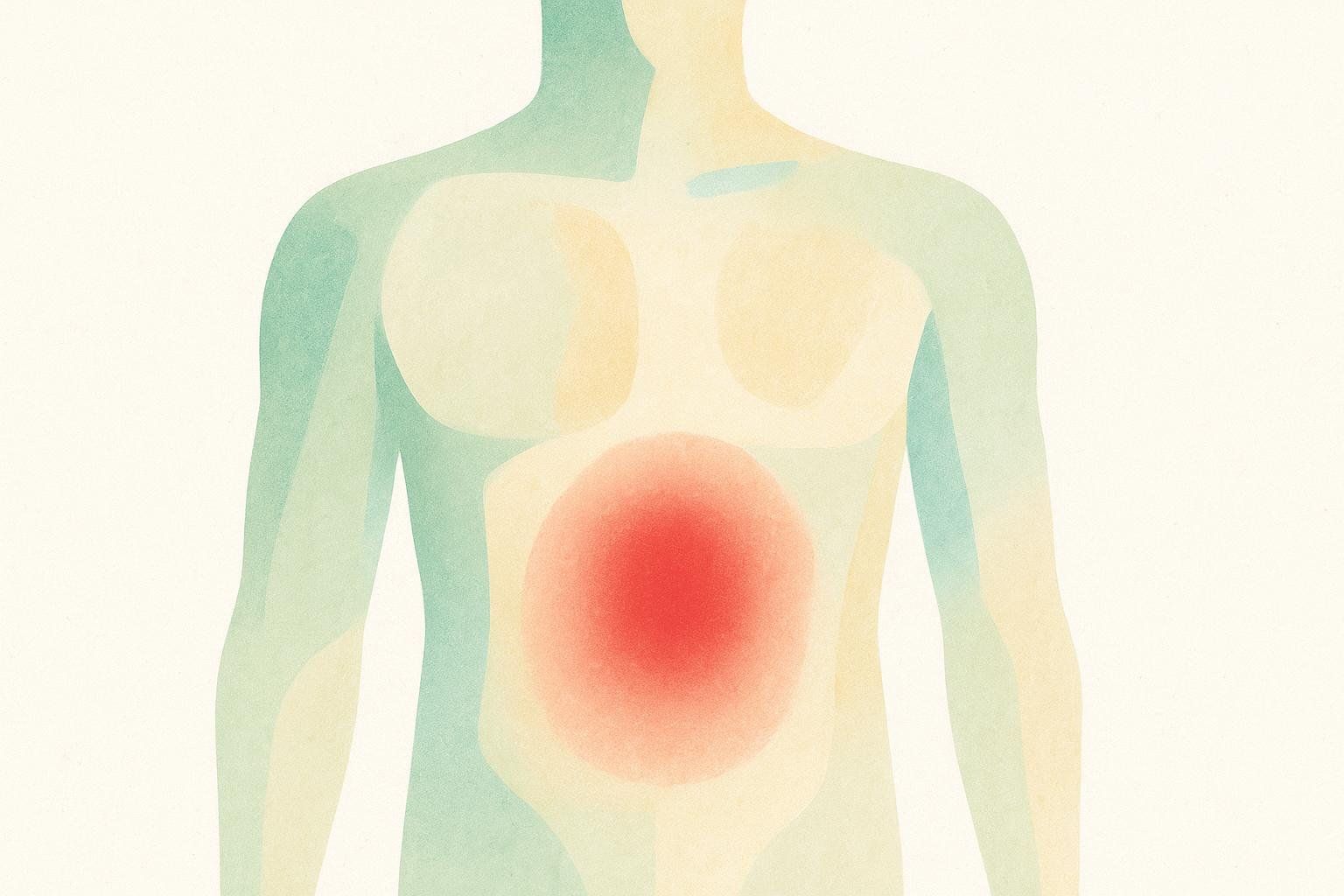
Carrying too much visceral fat has been tied to numerous cardiometabolic issues such as:
- High blood pressure
- Elevated LDL cholesterol
- Insulin resistance and type 2 diabetes
- Increased risk of heart disease and stroke
Managing visceral fat is crucial for mitigating long-term health risks associated with cardiometabolic disease.
Assess Your Dad Bod: Calculator & Metrics
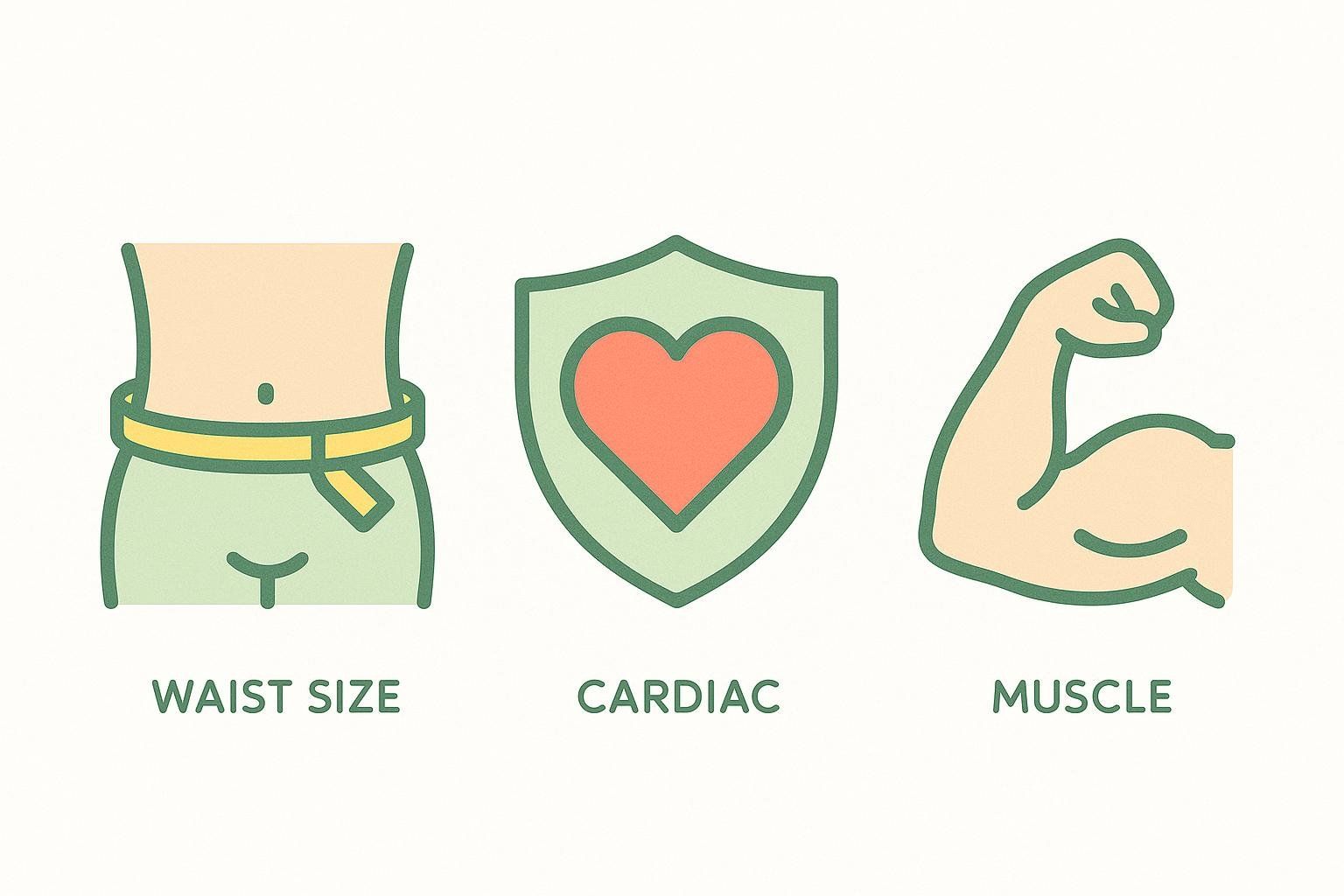
Use the checklist and linked calculators below to build a personalized snapshot of your health metrics.
| Metric | Target Range | Why It Matters |
|---|---|---|
| Waist circumference | < 40″ (men) | Simple proxy for visceral fat |
| BMI (see limitations) | 18.5–24.9 → Use our BMI vs. Body-Fat Calculator | Easy to calculate but misclassifies muscular body types; pair with body-fat data |
| Body-fat % | < 25 % (men) → Try the Body Fat % Calculator | Tracks fat-to-muscle changes |
| Visceral fat rating | See ranges in our Visceral Fat Guide | Direct link to metabolic risk |
Important: BMI alone is not a reliable indicator of metabolic health. A collegiate linebacker and a sedentary office worker could share the same BMI while having wildly different body-fat percentages and disease risk.
Pair BMI with a DEXA-measured body-composition assessment to get a far clearer picture of visceral fat, lean mass, and overall health.
8 Evidence-Backed Strategies to Manage Your Dad Bod

- Strength train 3–4× per week. Preserve lean muscle—the metabolic furnace.
- Adopt an 80/20 approach to nutrition. Aim for roughly 80 % minimally processed foods and 20 % flexibility for treats.
- Prioritize protein. Shoot for 0.7–1 g per lb of lean mass; if you don’t know your lean mass, use 0.6–0.8 g per lb of goal body weight (≈1.4–1.8 g/kg). Adequate protein supports muscle retention during a calorie deficit (International Society of Sports Nutrition Position Stand).
- Move more between workouts. Park farther, play tag, turn chores into steps.
- Sleep 7–9 hours. Poor sleep boosts hunger hormones and torpedoes recovery.
- Manage stress. Chronic cortisol encourages abdominal fat storage—try breathwork or a 10-minute walk.
- Limit alcohol. Liquid calories add up quickly, and heavy drinking is linked to larger waistlines and higher visceral fat.
- Track, test, tweak. Use calorie apps, fitness wearables, and repeat DEXA scans to guide your strategy.
Style Tips for the Dad Bod
If you want to feel confident while working toward your fitness goals, these clothing suggestions can help:
- Consider athletic-fit shirts with a slight taper instead of boxy tees.
- Darker hues up top can create a slimming effect and spotlight broader shoulders.
- Strategic layering (e.g., lightweight overshirts) adds structure without excess heat.
- Stretch denim with a bit of elastane keeps jeans comfortable for an active lifestyle and daily movement.
- Tailoring instead of sizing up can produce a more streamlined silhouette.
Dad Bod FAQs
Is a dad bod unhealthy?
Not automatically, but excess visceral fat drives cardiometabolic risk. Aim for a healthy waist and body-fat %. (See metrics table above.)
How long does it take to lose a dad bod?
Expect 0.5–1 lb fat loss per week. Many people see noticeable mid-section changes in 8–12 weeks with consistent diet and training.
Do women really prefer dad bods?
Personal preference varies. Surveys after the 2015 viral essay showed some women find the look more “approachable,” but health still matters.
Can I target belly fat with crunches?
Spot reduction is a myth. Create a calorie deficit, lift weights, and stay active to reduce overall—and visceral—fat.
How often should I re-scan?
Every 3–6 months balances data granularity with real physiological change.
Key Takeaway
A dad bod might be a cultural meme, but the health stakes are real. By measuring what matters (DEXA, visceral fat, waist), following evidence-backed habits, and dialing in your wardrobe, you can maintain a positive, approachable aesthetic without compromising long-term health.
Ready to see your true numbers? Book a BodySpec DEXA scan and turn your dad bod into data-driven fuel for change.
